The Blood-brain barrier serves as a natural barrier between the central nervous system (CNS) and the bloodstream. It only allows selective mass transport. Disorders of the blood-brain barrier can lead to serious brain diseases.
What is the blood brain barrier?
The blood-brain barrier separates the environmental conditions in the brain and in the bloodstream. Very complex and finely tuned processes take place in the brain, the disruption of which would have unforeseeable consequences. The blood-brain barrier therefore protects the CNS from pathogens, poisons, antibodies, leukocytes, from the influence of neurotransmitters in the blood and from changes in the pH value.
At the same time, it must be ensured that the CNS is supplied with the basic nutrients and substances that are necessary for its function. The same applies to the removal of degradation products from the brain metabolism. Therefore the barrier is not completely hermetically sealed, but selectively permeable. The transport of important substances between the bloodstream and the brain is regulated by passive and active diffusion processes as well as selective chemical processes. Essential molecules such as water, oxygen and important nutrients can pass the blood-brain barrier without restriction.
Anatomy & structure
The blood-brain barrier consists of the endothelial cells, the pericytes and the astrocytes. The endothelial cells form the innermost wall layer of the capillaries. Among other things, these cells regulate the exchange of substances between tissue and blood.
In the blood-brain barrier, the endothelial cells have so-called tight junctions. These are narrow bands of membrane proteins that connect the endothelial cells so tightly that they form a layer that is impermeable to many substances. Only very small molecules can diffuse through this layer. The exchange of substances between the cell and the space between the cells is largely prevented. The pericytes, in turn, are located on the outer wall of the capillaries and are connective tissue cells. Are connected with the endothelial cells via cell-cell channels, the gap junctions.
The interaction of both cell types via these channels controls the membrane potential, which is responsible for the selective diffusion of substances. As so-called spider cells, the astrocytes represent the majority of the glial cells in the CNS. They supply the neurons with nutrients via their contacts with the blood vessels. In their membrane there are receptors for neurotransmitters.In addition, they induce the blood-brain barrier through the membrana limitans glialis perivascularis (a border membrane surrounding the blood vessels of the brain) and at the same time maintain it.
Function & tasks
In addition to its protective function for the CNS against harmful influences, the blood-brain barrier also regulates the transport processes between the bloodstream and the brain. There are various physical and chemical processes that control this transport. Most of the soluble substances that can even overcome this barrier pass through it by diffusion. Since the blood-brain barrier is tightly closed by tight junctions, diffusion cannot take place via intercellular fissures as with other organs.
The substances can only be passed on via the capillary vessels of the brain by means of transmembrane transport. Free diffusion is the simplest form of this transport. Small lipophilic molecules can passively diffuse through the cell membranes of the epithelia and even through the tight junctions. Small polar molecules, like water, are subject to channel-mediated permeability. Certain channel proteins, the aquaporins, mediate the transport of water through the blood-brain barrier and thus regulate the brain's water balance at the same time. For large and polar, but vital nutrient molecules, such as glucose or many amino acids, there are certain transport molecules that facilitate the diffusion of the corresponding substances.
Since these forms of diffusion do not require any energy, they are passive diffusions. However, there are also substances that can only be transported with the use of ATP, i.e. by supplying energy. Active transporters are so-called "pumps" that use energy to move the substrates against the concentration gradient. Selected molecules cross the blood-brain barrier with the help of special receptors that are specifically responsible for their transport.
Diseases
Disorders of the blood-brain barrier can lead to various neurological diseases. Initial diseases such as diabetes mellitus, inflammation in the brain or brain tumors often damage this barrier.
Long-term consequences are brain damage. Certain pathogens can cross the blood-brain barrier. This includes the HI virus. Some bacteria, such as Escherichia coli, sometimes overcome the protective mechanisms of the barrier by releasing special toxins. When cells for the body's own immune defense cross the blood-brain barrier, the clinical picture of multiple sclerosis can develop. Studies have shown that neurodegenerative diseases such as Alzheimer's disease also make the barrier between the brain and bloodstream permeable.
This may be the starting point for the extensive demise of the brain cells. Alcohol abuse is known to be a major risk factor for neurological diseases. Chronic alcohol consumption damages the blood-brain barrier with unforeseeable consequences. The functional disorders of the barrier favor bacterial infections and autoimmunologically induced inflammatory reactions in the brain. Nicotine abuse is also a risk factor with regard to damage to the blood-brain barrier. Nicotine promotes cardiovascular diseases, which in turn have a major influence on the performance of the brain.
Smokers are at higher risk of developing bacterial meningitis. Research has shown that nicotine changes the structure of the blood-brain barrier. The tight junction proteins are distributed differently and can no longer fully perform their function. The influence of electromagnetic radiation on the blood-brain barrier is also discussed. Their negative health effects in the megahertz to gigahertz range for high energy densities are proven. The high energy density of the electromagnetic radiation leads to a measurable warming in the affected tissue. The extent to which warming damages the blood-brain barrier has yet to be investigated.
You can find your medication here
➔ Medicines against memory disorders and forgetfulnessTypical & common brain diseases
- dementia
- Creutzfeldt-Jakob disease
- Memory lapses
- Cerebral hemorrhage
- Meningitis

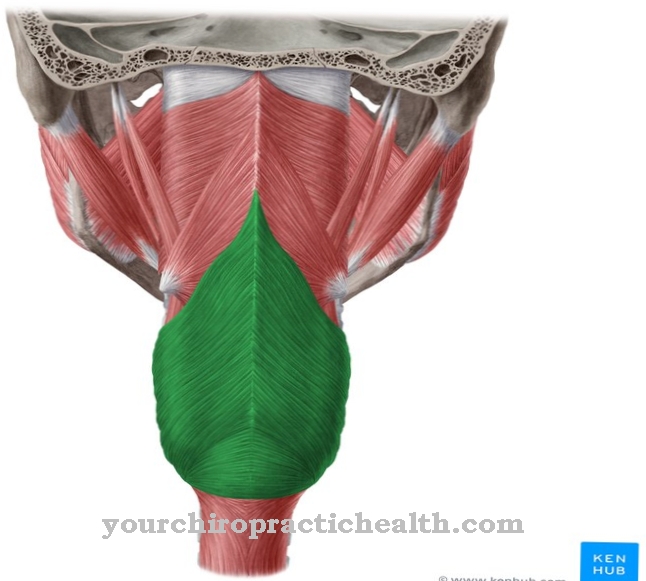
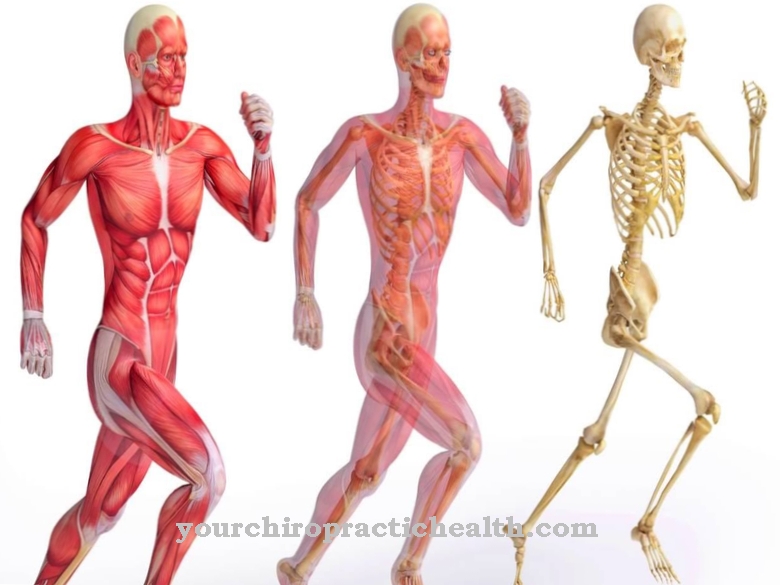

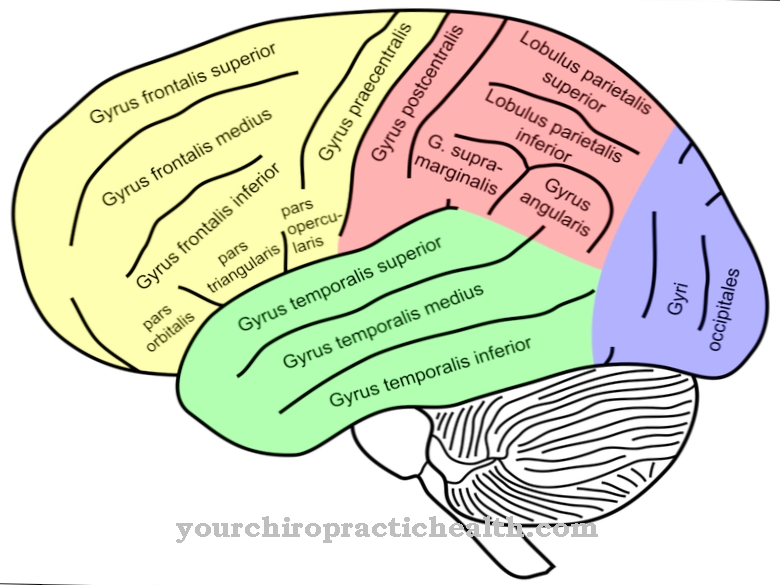
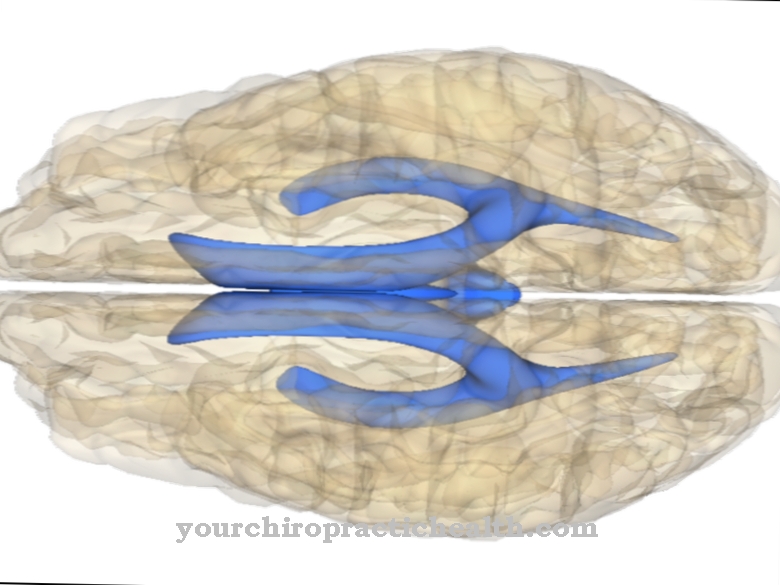
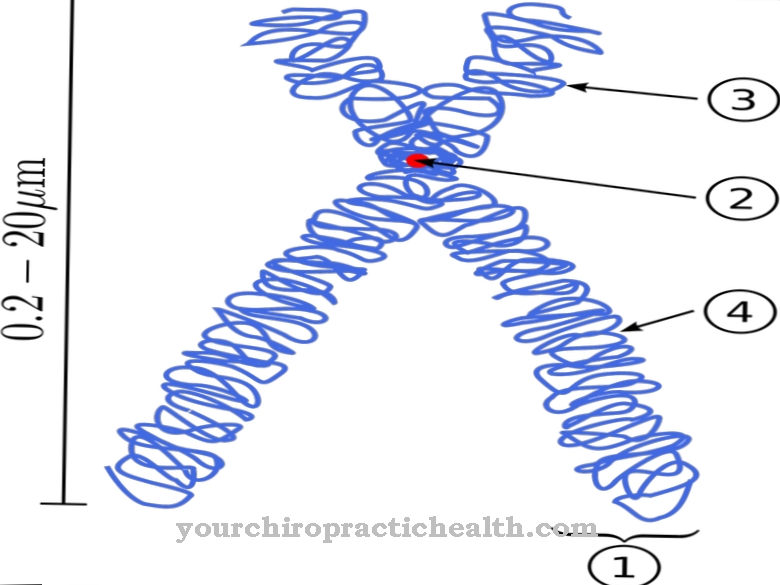






.jpg)

.jpg)
.jpg)











.jpg)